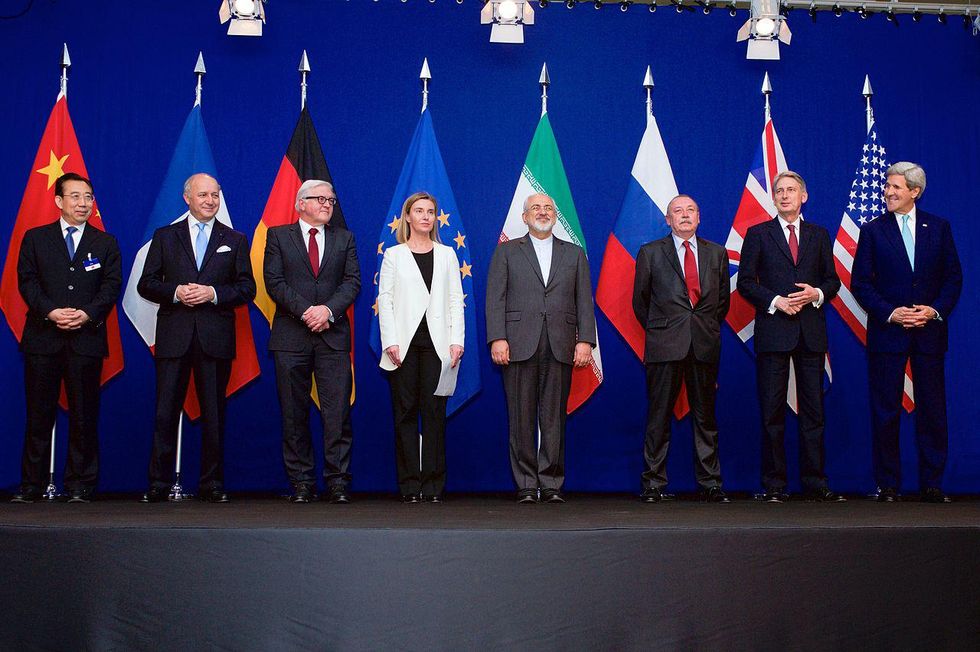Iran and P5+1 Reach Interim Agreement on Iran Nuclear Deal
The final stages of approval are yet to come, but the deal’s implications for the oil price have already began to surface.
The P5+1 and Iran came to an interim agreement on Tehran’s nuclear program last Thursday, and while the final stages of approval are yet to come, the deal’s implications for the oil price have already began to surface.
The framework agreement came on April 2, two days past the original deadline of March 31. The P5+1, which includes the US, UK, France, Russia, China and Germany, worked with Iran in Lausanne, Switzerland to form a detailed outline in an attempt to please all parties involved.
Going through the motions
Despite the apparent time and care taken to create the agreement, US Senator Bob Corker has voiced concerns to Reuters about differing accounts from Washington and Iran over what was actually agreed upon; he believes the decision should come through Congress. And indeed, his worries aren’t coming out of left field considering Iran had been hoping sanctions against it would be lifted immediately, whereas the six powers made it clear that they were gunning for them to be gradually reduced.
Corker, who’s chairman of the Senate Foreign Relations Committee, said the committee is planning to vote April 14 on legislature requiring President Barack Obama to submit a final agreement to Congress for review and approval. The bill would stop Obama from suspending any of the sanctions on Iran during a 60-day congressional review and would give Congress a chance to either approve, disapprove or take no action.
Oil market implications
Prior to last week’s agreement, there was already much speculation about what a deal would mean for the oil market. While there was acknowledgment that Iran will bring a lot more supply into the oil space if sanctions are lifted, fears that the oil-rich country could flood the market had largely been alleviated by strategists.
However, now that the deal is a step closer to becoming a reality, it’s getting harder for market watchers to heed those strategists. In fact, according to the US Energy Information Administration, the re-entry of more oil from Iran could reduce the oil price by US$5 to $15 from prices set in its most recent Short-term Energy Outlook.
“Iran is believed to hold at least 30 million barrels in storage, and EIA believes Iran has the technical capability to ramp up crude oil production by at least 700,000 bbl/day (bbl/d) by the end of 2016,” it states in the report.
However, the agency also notes that the pace and magnitude at which that oil reaches the market will depend on the terms of the final agreement, which won’t manifest for months. Taking that into consideration, it states that “although the timing and volume of Iran’s exports remain uncertain, the market perception surrounding increased future supplies will apply downward price pressure to near-term crude oil prices. Overall, North Sea Brent crude oil prices could be lower by about $1-$3/bbl in 2015, decreasing the 2015 annual Brent price from the current projection in the high $50/bbl range.”
Investors would do well to weigh both sides of the oil price argument as work on the deal progresses. At end of day Tuesday, WTI oil futures closed up $1.84, at $53.98, while Brent crude oil was last up $0.88, at $59 per barrel.
Securities Disclosure: I, Kristen Moran, hold no direct investment in any of the companies mentioned in this article.
Related reading:





